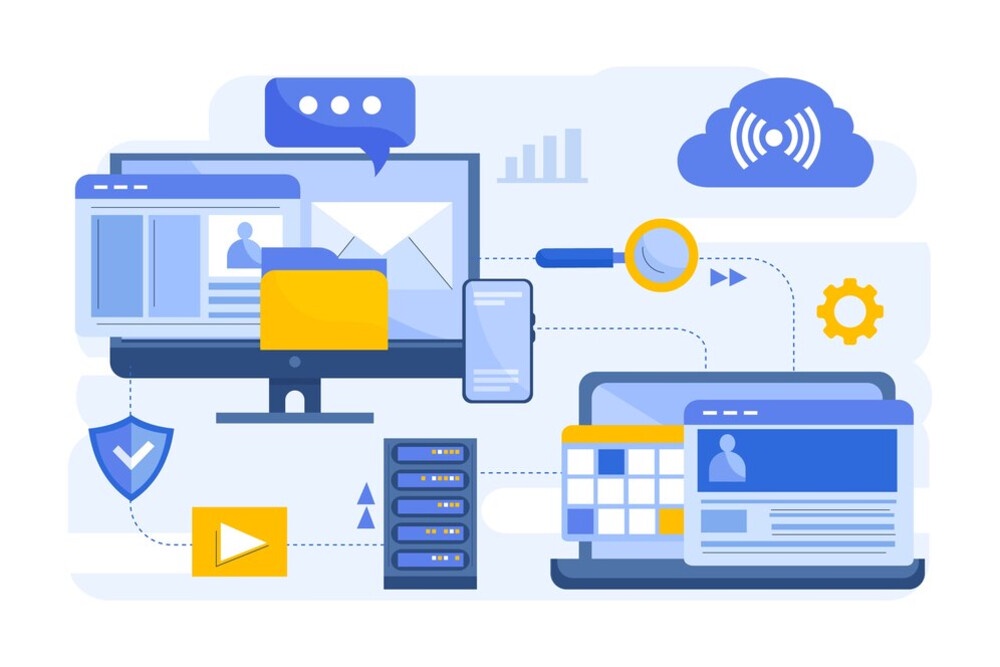In today's digital age, mobile applications have become an indispensable part of our lives, catering to various needs and preferences. Whether it's for entertainment, productivity, or utility, creating a mobile app can be a lucrative venture. However, many aspiring app developers are deterred by the misconception that app development requires a significant financial investment. The truth is, with careful planning and execution, it's possible to build a mobile app within a reasonable budget. In this guide, we'll outline 10 easy steps to develop a mobile app with a budget of $10,000.
-
Define Your App Idea (Cost: $0): Before diving into development, it's crucial to have a clear understanding of your app idea. Define its purpose, target audience, features, and unique selling points. Conduct market research to validate your idea and ensure there's demand for your app.
-
Create Wireframes and Prototypes (Cost: $0 - $500): Use free or low-cost wireframing tools like Sketch, Adobe XD, or Figma to create basic layouts and user flows for your app. Prototyping tools like InVision or Marvel can help you visualize the app's functionality. This step is essential for refining your concept and getting feedback from potential users without spending a significant amount of money.
-
Choose the Right Development Approach (Cost: $0 - $3000): Decide whether you want to build a native, hybrid, or web app based on your target audience, budget, and desired features. Native apps offer the best performance but can be more expensive to develop. Hybrid and web apps are more cost-effective alternatives that still provide a good user experience.
-
Find a Reliable Development Team or Freelancer (Cost: $2000 - $5000): Look for experienced developers or development agencies within your budget. Consider hiring freelancers or outsourcing development to countries with lower labor costs to save money. Make sure to review their portfolios, check references, and discuss project timelines and deliverables before making a decision.
-
Develop Minimum Viable Product (MVP) (Cost: $3000 - $6000): Focus on building the core features of your app that provide the most value to users. Keep the design and functionality simple to minimize development costs. The goal of the MVP is to test your app in the market and gather feedback for future iterations.
-
Utilize Open-Source Tools and Libraries (Cost: $0 - $500): Take advantage of open-source frameworks, libraries, and tools to accelerate development and reduce costs. Platforms like GitHub offer a wealth of resources for developers, including pre-built components, APIs, and development kits.
-
Test and Debug Thoroughly (Cost: $0 - $500): Allocate time and resources for rigorous testing and debugging to ensure your app is free of errors and performs reliably across different devices and operating systems. Consider using automated testing tools like Appium or XCTest for efficiency.
-
Optimize for App Store Submission (Cost: $0 - $300): Familiarize yourself with the app store guidelines and requirements for submission. Prepare compelling app store listings, including high-quality screenshots, videos, and descriptions. Budget for any associated fees for app store registration and submission.
-
Launch and Promote Your App (Cost: $0 - $500): Coordinate a launch plan to generate buzz and attract initial users to your app. Utilize social media, press releases, influencer marketing, and app review websites to increase visibility. Encourage early adopters to provide feedback and ratings to improve your app's discoverability.
-
Gather Feedback and Iterate (Cost: $0 - $1000): Monitor user feedback, reviews, and analytics to identify areas for improvement and new features. Iterate on your app based on user data and market trends to stay competitive and retain users. Continuously refine your app to meet evolving user needs and preferences.
In conclusion, building a mobile app on a $10,000 budget is achievable with careful planning, strategic decision-making, and leveraging cost-effective resources and tools. By following these 10 easy steps, you can turn your app idea into a reality without breaking the bank. Remember, success in app development requires perseverance, adaptability, and a commitment to delivering value to your users.


No comments yet